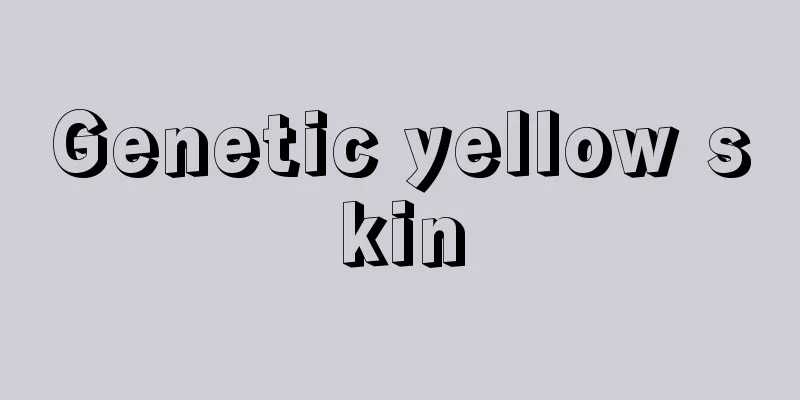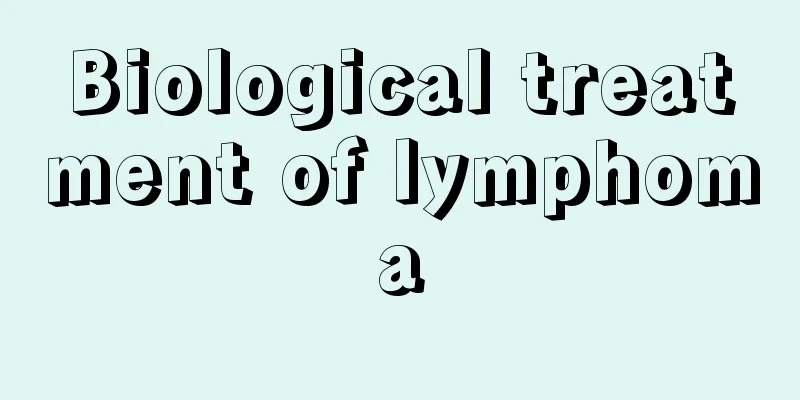Genetic yellow skin

|
Although we are all yellow people, our skin is not that yellow, just a little bit. Some people have jaundice after birth, so the skin on their body turns yellow. It can be cured slowly with recovery. For hereditary yellow skin, this situation still depends on the individual's pathological condition, because after all, everyone's physical condition is different. Symptoms and signs Hereditary skin diseases are caused by parents passing their abnormal or mutated genes to the next generation, causing the next generation to develop skin lesions specific to the gene at birth or later. There are very few non-hereditary congenital skin diseases, which are mainly diseases of the skin and its appendages caused by the interference of nutrition, viruses or microbial infections, or chemical and physical factors during the development of the fetus in the mother's body. ①The general characteristics of hereditary skin diseases are the same as those of hereditary diseases; ②It can be present at birth or appear in childhood or adolescence; ③The symptoms are not necessarily unique to this hereditary skin disease. For example, the blisters caused by friction are similar to those of congenital epidermolysis bullosa. ④ The same disease may manifest in different people with different symptoms. For example, mild ichthyosis may only cause slight changes in the limbs, while severe ichthyosis may affect the trunk and limbs, with prominent keratinization and dryness, and may also be accompanied by follicular keratinization and palmoplantar keratinization. ⑤ The same disease may have different inheritance patterns. For example, ichthyosis vulgaris is inherited in an autosomal dominant manner, while another type of the disease is inherited in a sex-linked recessive manner. Common hereditary skin diseases: There are more than a hundred known hereditary skin diseases, such as freckles, ichthyosis, albinism, etc. Medication Most of them have no effective treatment and cannot be eradicated. Some diseases can be improved through medication or diet therapy. For example, hereditary angioedema is caused by autosomal dominant C1 esterase inhibitor deficiency, which can be treated with kallikrein and the androgen-like drug danazol. Phenylketonuria can be prevented by restricting dietary phenylalanine intake. Acrodermatitis enteropathica can be controlled by zinc preparations. Some congenital enzyme defects or immunoglobulin deficiency can be treated by supplementing the missing substances. But these treatments do not remove the cause of the disease. When some congenital malformations or abnormalities affect function or beauty, surgical treatment can be adopted according to the specific circumstances. |
<<: Is broken palm hereditary?
Recommend
It is necessary for patients to know some examination methods for gallbladder cancer
In recent years, the number of patients with gall...
How to remove bubble gum stuck on shoes
Bubble gum is quite common in life. Some people wi...
Earthquake self-rescue tips
Speaking of earthquakes, I believe everyone is ve...
Where are the three incisions for esophageal cancer? Usually incisions are made at these three locations
When esophageal cancer occurs in the middle and u...
How is eyelash lift performed?
Women all want to have curled eyelashes, but ever...
What to do if lung cancer spreads? Do these three things well
If lung cancer is not effectively controlled at t...
Symptoms of prostate cancer are most likely to manifest as pain
Prostate cancer is a type of cancer. After the on...
Does kelp contain high potassium?
The human body often lacks some trace elements, s...
What is the best way to regulate bad breath?
Bad breath from the stomach is also called halito...
What are the causes and clinical manifestations of laryngeal cancer?
Laryngeal cancer (carcinoma oflarynx) is a relati...
Pee smells bad
Generally, the smell will be stronger when defeca...
What are the causes of pulmonary fibrosis?
The general public knows very little about pulmon...
The early symptoms of glioma are different
The prevalence of intracranial tumors is getting ...
Do pregnant women need to stay away from people with liver cancer?
Having liver cancer itself is a painful thing, bu...
How does body moisture come from_What causes excessive body moisture
People nowadays have irregular work and rest sche...









